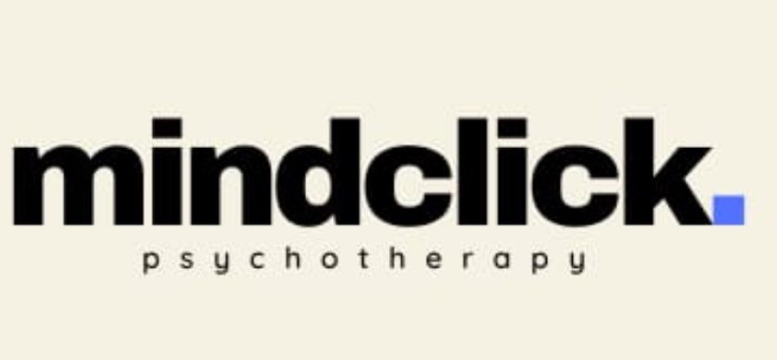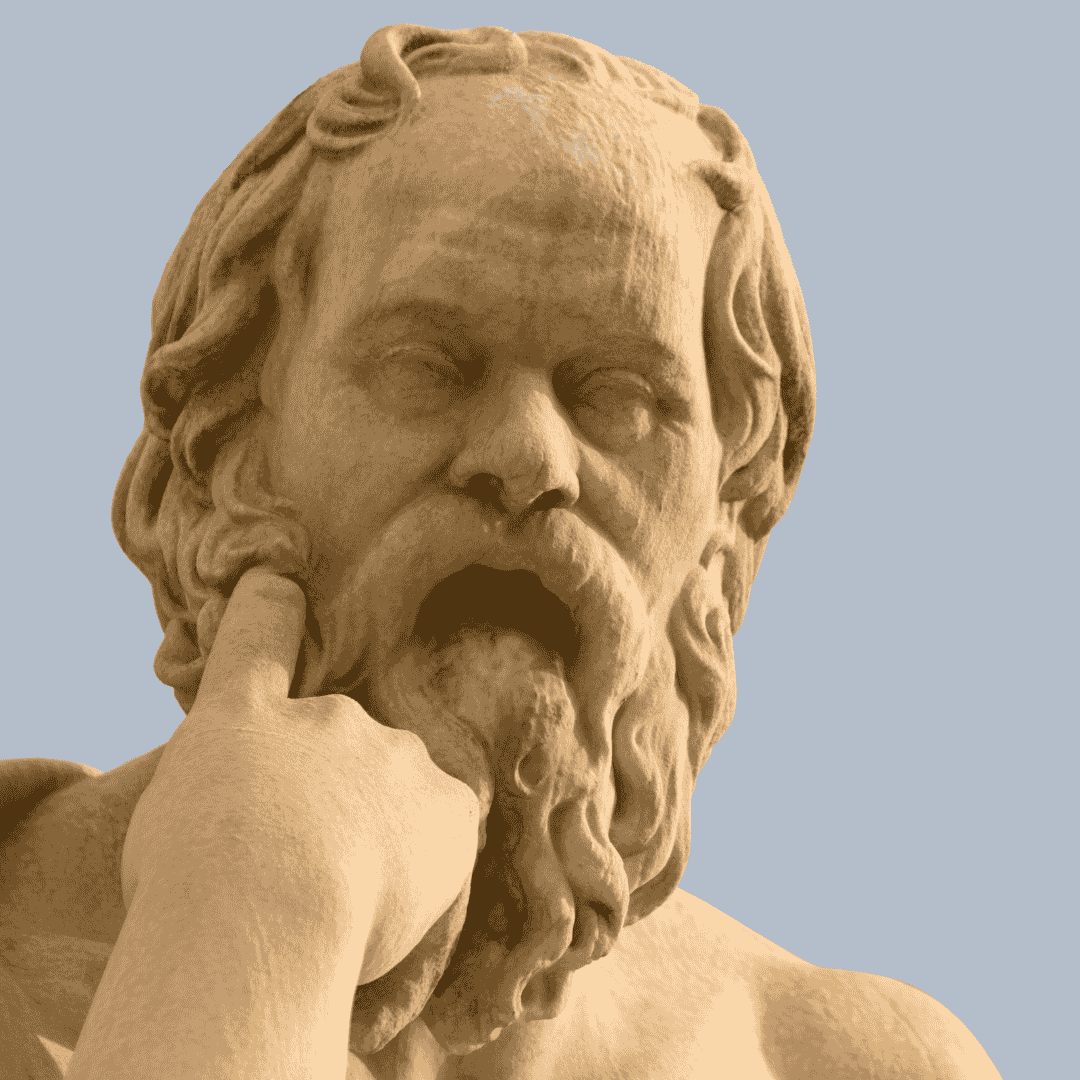Your cart is currently empty!

What is Gestalt therapy?
In today’s fast-paced, disconnected world, many people are searching for ways to feel more grounded, more authentic, and more whole. Gestalt therapy offers a unique and powerful path to that goal. Rather than focusing on what’s wrong or what happened in the past, Gestalt therapy brings attention to what is happening now, in the present moment, and how we experience ourselves and our relationships.
But what exactly is Gestalt therapy, and how does it work?
The Origins of Gestalt Therapy
Gestalt therapy was developed in the 1940s and 1950s by Fritz Perls, along with Laura Perls and others. The word “Gestalt” is a German term that loosely translates to “whole” or “configuration.” The idea behind it is that we must look at the whole person, their thoughts, feelings, behaviors, body sensations, and relationships, not just isolated parts.
Unlike therapies that dive deeply into past traumas or unconscious drives, Gestalt therapy focuses on awareness, choice, and personal responsibility in the here and now.
Core Principles of Gestalt Therapy
- The Here and Now
Gestalt therapy emphasizes present awareness. What are you feeling right now? What’s happening in this moment? It’s about fully experiencing the present to bring insight and change. - Wholeness and Integration
It encourages clients to integrate all aspects of themselves, mind, body, emotions, into a cohesive whole. This includes accepting contradictory feelings or experiences, such as being both angry and loving. - Personal Responsibility
Rather than blaming others or circumstances, Gestalt therapy empowers you to take ownership of your feelings, actions, and decisions. - Awareness
Awareness is central. By becoming more conscious of your patterns, body language, tone of voice, and inner dialogue, you can gain clarity and make new, more authentic choices. - The Therapeutic Relationship
Gestalt therapy emphasizes the importance of the real-time interaction between therapist and client. The relationship itself can become a mirror and a source of insight.
Techniques Used in Gestalt Therapy
Gestalt therapy is experiential and often involves creative methods, including:
- The Empty Chair Technique
One of the most well-known tools in Gestalt therapy, this involves speaking to an empty chair as if it were a person or a part of yourself. It helps externalize inner conflict and gain perspective. - Role-Playing
Clients may act out different aspects of themselves (for example, the “critical self” and the “vulnerable self”) to explore internal dialogue. - Body Awareness
Attention to posture, movement, and physical sensations helps clients connect with emotions and unconscious messages. - Language Shifts
Gestalt therapists often encourage changes in language to promote responsibility—for instance, changing “I can’t” to “I won’t” to highlight choice.
What Issues Does Gestalt Therapy Help With?
Gestalt therapy can be helpful for a wide range of issues, including:
- Anxiety and depression
- Relationship struggles
- Low self-esteem
- Grief and loss
- Trauma
- Identity and existential concerns
It’s particularly powerful for those who feel disconnected from their emotions or who struggle with making decisions or expressing themselves authentically.
Benefits of Gestalt Therapy
- Increased self-awareness
- Greater emotional freedom and authenticity
- Improved communication and relationships
- A deeper connection with the present moment
- Empowerment through personal responsibility
Final Thoughts
Gestalt therapy is not about fixing what’s “broken.” It’s about becoming more whole, more aware, and more alive in the present. It invites you to explore who you are—not just intellectually, but through your emotions, body, and lived experience.
If you’re seeking a deeper understanding of yourself and a more authentic way of relating to the world, Gestalt therapy might be a powerful and transformative approach for you.
“Change occurs when one becomes what they are, not when they try to become what they are not.” – Arnold Beisser (Gestalt therapist)



